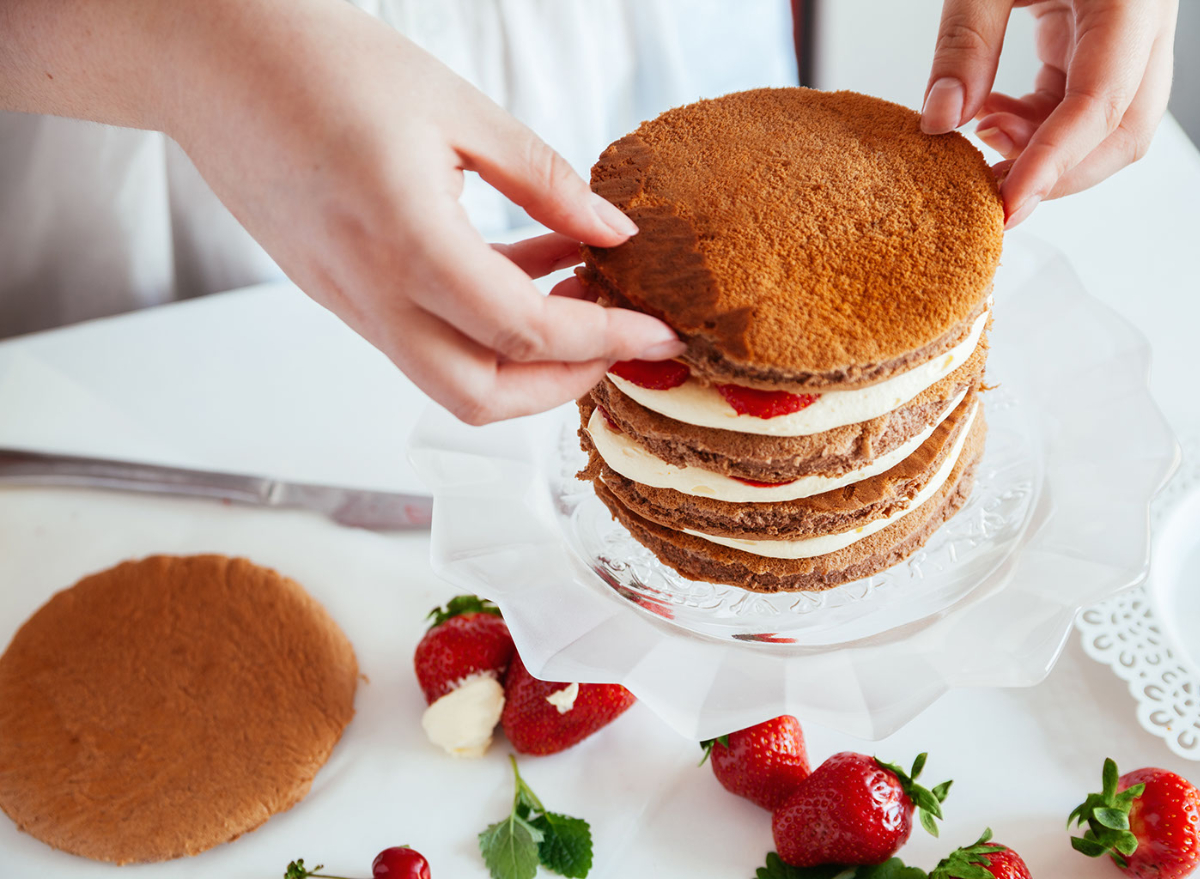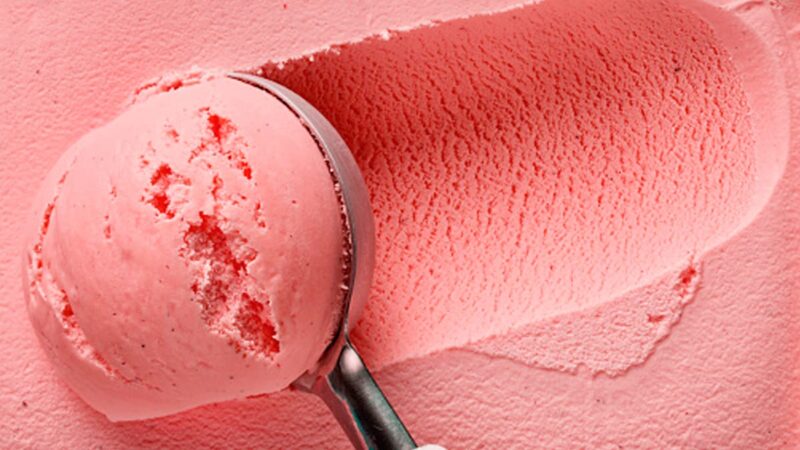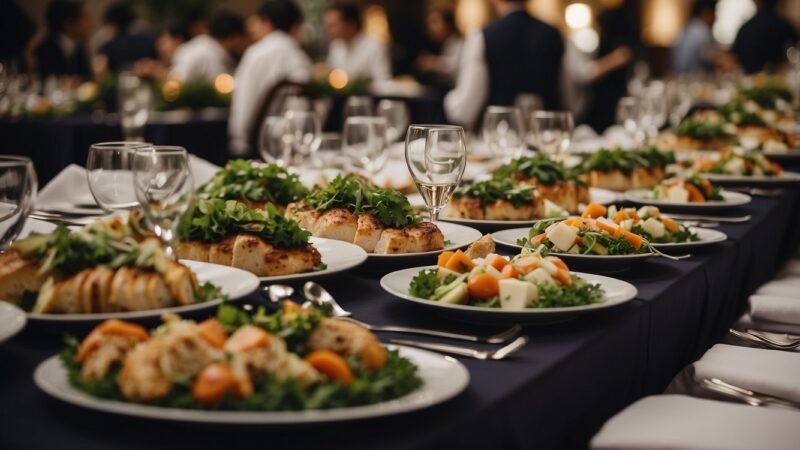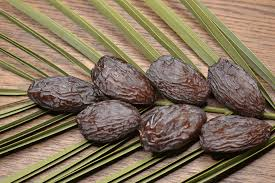The 5 Best Baking Tips to Make Perfect Treats Every Time

If you’re looking to bake something delicious but have never done it before, these tips will help you avoid the most common baking mistakes and create top-quality treats every time. With proper planning and preparation, baking can be an easy way to impress family and friends with great results! Keep these seven baking tips in mind, and you’ll soon be on your way to making the best baked goods of your life!
-
Follow the Recipe
The best way to ensure your baked goods turn out perfectly every time is to follow the recipe. That may seem like an obvious tip, but it’s worth repeating. After all, a recipe is a set of instructions for a reason. So, take the time to read through the recipe before you start baking and ensure you understand each step. Don’t skimp on any ingredients or skip steps. You want the final product to be as close as possible to what you envisioned when you started cooking.
It’s crucial to respect the science of baking by following instructions to the letter. One small change can throw off the entire outcome, so be careful about substituting ingredients or using different amounts of items called for in the recipe.
-
Buy the Right Ingredients
Another crucial step to making perfect baked treats is to buy the right ingredients. Make sure you have all the necessary ingredients on hand before you start baking. Fresh, high-quality ingredients will make all the difference in the taste and texture of your final product.
For example, using the correct type of Flour will bring the right consistency to your bread or cake, so it’s important to know what kind of flour you use when following a recipe. White flour will give a fluffy result, while whole wheat flour gives a denser outcome. Remember, many things can go wrong during baking if you do not use the correct type of flour.
-
Avoid Overmixing and Overbeating
You end up with tough, dry baked goods when you overmix or overbeat your batter. So take care not to overdo it when mixing until the ingredients combine. The same goes for creaming butter and sugar–mix until they combine, then stop. Overmixing can also cause your baked goods to spread too much while baking, so it’s crucial to be careful!
For example, when you overmix eggs with the dry ingredients in a cake recipe, you will have a cake that doesn’t rise as high as it should because of all the gluten from the flour. And if you whip cream too long before adding any other ingredients, your whipped cream won’t be light and fluffy but greasy and clumpy. Overmixing can also cause problems in cookies: If you beat too long before baking them, they will spread out on the pan instead of forming their characteristic thick and chewy shape.
-
Let it Cool Completely Before Serving
Letting your baked goods cool completely before consuming them is essential for two reasons. First, it allows the flavors to develop and meld together fully. Also, it gives the structure of the baked good time to set so it won’t fall apart when you take a bite. If you can’t wait that long, at least wait until they’re no longer warm to the touch.
It’s okay if they’re still warm because this is how most people eat their freshly-baked goodies. However, avoid cooling it in a freezer or fridge because these cold temperatures will cause the fat in the recipe to crystallize, leading to an undesirable texture. Instead, place it on a wire rack, let it air out, and later enjoy it as you like it best. To maintain its moist texture, always keep any leftover treats refrigerated and ensure not to pile them up too high on one another or wrap them tightly in plastic or aluminum foil.
-
Invest in the Right Equipment
When baking, having the right tools can make all the difference. From ovens and mixers to cake tins, measuring cups, and weighing scales, investing in quality equipment will help you create perfect baked goods every time. Remember, weighing ingredients is vital! Use a scale for accuracy. You can achieve more accurate results if you measure dry ingredients’ weight, such as flour, instead of using a volume measure such as cups.
For example, if you use brown sugar not packed firmly into the cup, it will result in too much sugar, and your recipe may not turn out correctly. That’s why weighing your ingredients instead of relying on volume measurements like tablespoons or teaspoons is crucial. An instant-read thermometer is also essential when baking since this tool measures the internal temperature of your baked goods and can give you an idea about how they are doing. A bit of extra or too little of an ingredient can ruin a recipe.
Conclusion
Baking takes patience and discipline, but with a bit of practice, you can learn to create great treats of your own. You will make your cakes light and fluffy with suitable flour and other ingredients. Always use high-quality ingredients for baking because they are easier to mix and provide better taste and texture than low-quality ingredients. After baking, cool it in a pan for five minutes before transferring it to a wire rack to cool completely before frosting or adding toppings so that it doesn’t fall apart or burn on the bottom while cooling. And finally, never forget that making perfect baked goods is all about practice!







